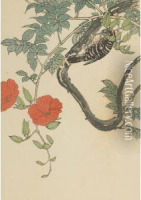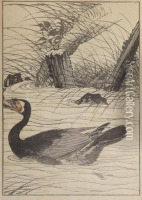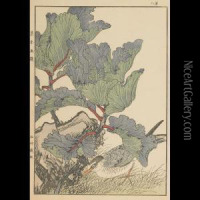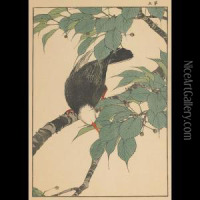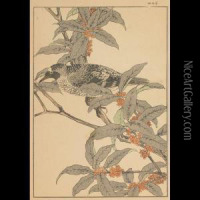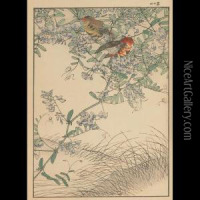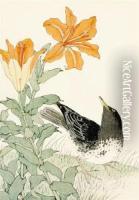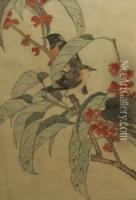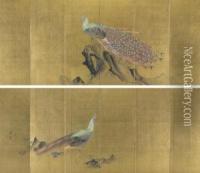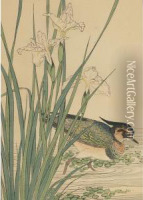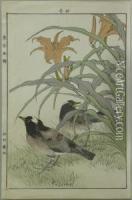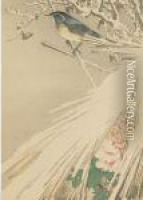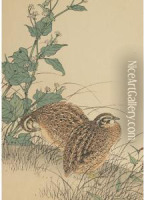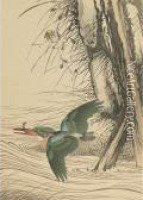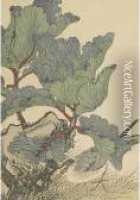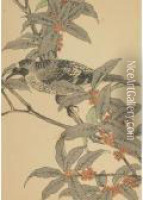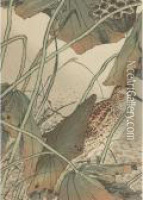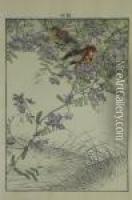Imao Keinen Paintings
Imao Keinen was a Japanese painter and printmaker known for his traditional Japanese-style paintings, or Nihonga. He was born in Kyoto on November 20, 1845, and his given name was Imao Isaburo. He later took the go, or art name, Keinen. His artistic career spanned the Meiji, Taisho, and early Showa periods, and he is particularly celebrated for his bird-and-flower paintings (kacho-e), a genre steeped in Chinese and Japanese artistic traditions.
Keinen trained under several artists, including Suzuki Hyakunen and Nakajima Raisho. He was deeply influenced by the Shijo school of painting, which emphasized natural subjects such as landscapes, birds, and flowers, painted with an expressive, rather than purely descriptive, approach. Keinen's works are known for their delicate touch and subtle use of color, often reflecting the changing seasons and the fleeting beauty of nature.
In addition to painting, Keinen also produced woodblock prints, and he is perhaps best known for his four-volume work 'Keinen Kacho Gafu' (Keinen's Album of Birds and Flowers), published in 1891-1892. This series of prints captures the flora and fauna of Japan across the four seasons and is considered a pinnacle of kacho-e woodblock printing.
Keinen held several prestigious positions throughout his career, including a professorship at the Kyoto Prefectural School of Painting and a membership in the Imperial Art Academy. He was awarded the Order of the Rising Sun, an honor bestowed by the Japanese government, in recognition of his contributions to the arts.
After a prolific career that helped define the aesthetics of late 19th and early 20th-century Japanese art, Imao Keinen passed away on February 28, 1924, in Kyoto. His work continues to be admired for its beauty and craftsmanship, and it remains influential in the world of Nihonga painting.
